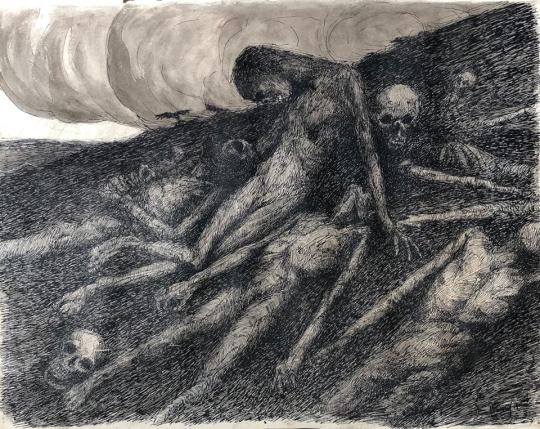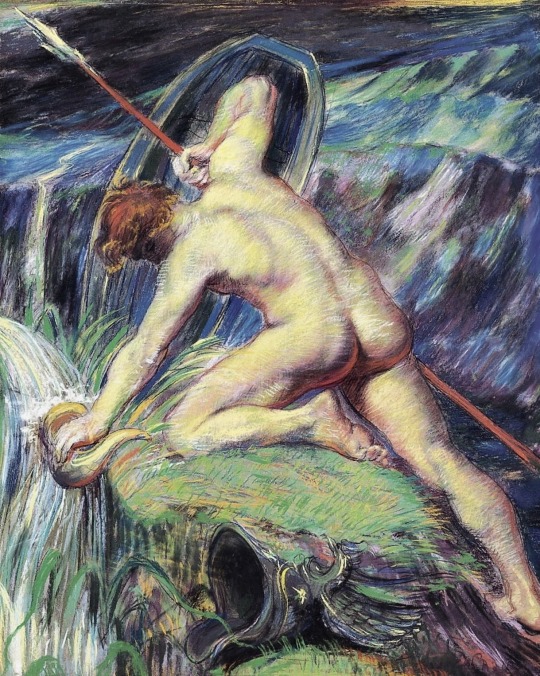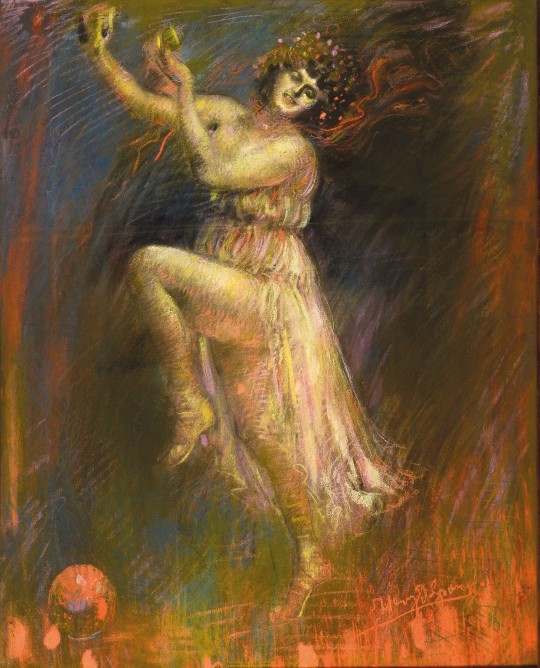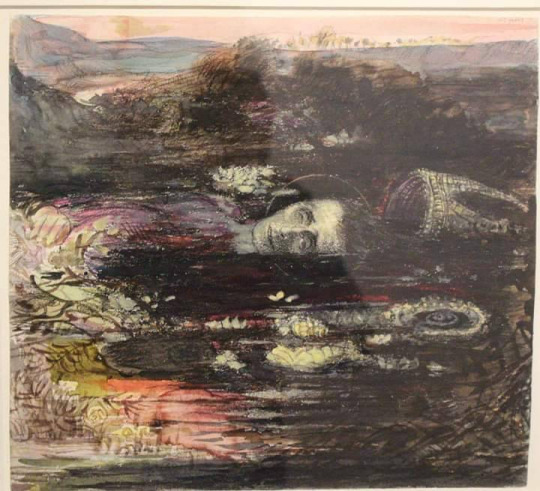#henry de groux
Text

Henry De Groux - Portrait of Emma Lambotte, Belgian author and art critic (1907)
91 notes
·
View notes
Text
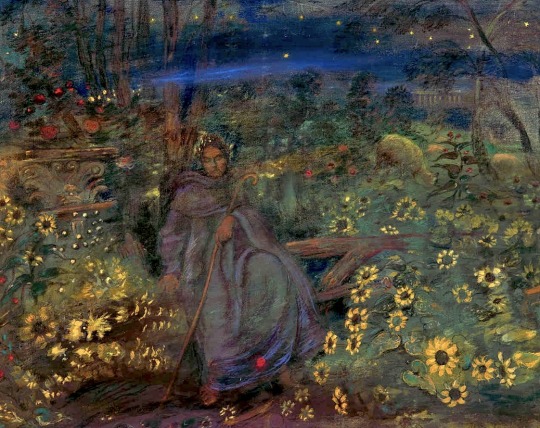
Virgil by Henry de Groux (1867-1930)
77 notes
·
View notes
Text

La Veillée de Waterloo / The Vigil of Waterloo -by Henry de Groux
#waterloo#napoléon bonaparte#vigil#art#henry de groux#storm#battle of waterloo#belgium#france#napoleon#bonaparte#symbolism#symbolist#history#europe#european#napoleonic#napoleonic wars#lamp#lantern#thunder#lightning#napoleon bonaparte#napoléon
106 notes
·
View notes
Photo

Henry De Groux (Belgian, 1866-1930), La veillée de Waterloo [The Waterloo Vigil], c.1895-98. Pastel on paper on canvas, 160 x 90 cm.
156 notes
·
View notes
Text
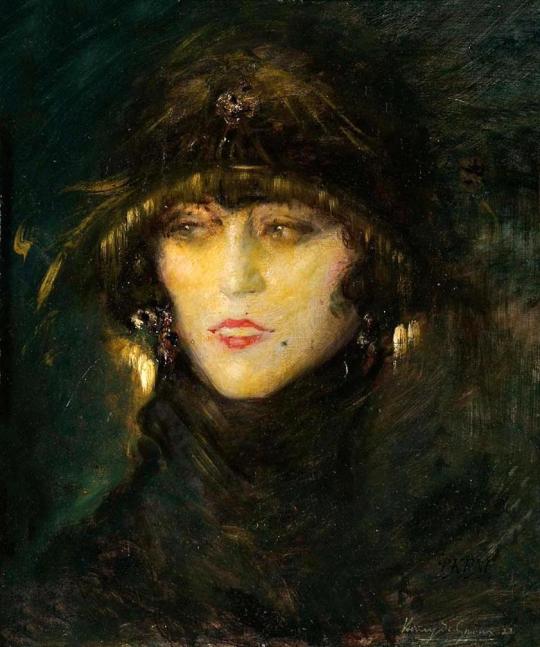
Henry de Groux, La belle aux yeux verts
116 notes
·
View notes
Text

Henry De Groux - Hannibal traversant les Alpes
1 note
·
View note
Text

Real homie steps in to continue the duel if you die defending van Gogh
#De Groux was like god damn ok jeez ill go.... wtf..... sorry jeez.....#vincent van gogh#henri de toulouse-lautrec#paul signac
0 notes
Text

« J'aurais dû aller voir Gen Paul ! J'ai descendu la rue du Lavoir un an avant sa mort sans oser frapper à sa porte. Jeune puceau torve ! Je le savais en déchet de fêlures, les hanches fracturées, le moignon douloureux, pharaon ivre aux torgnoles faciles, toute la légende con !… De toute façon j'aurais eu trop de mal aussi à ne pas lui parler de Céline. J'ai bien fait de ne pas me pointer.
Rappelez-vous cette photo de 1942 où l'on voit Gen Paul souffler un mot à Céline, regardez bien la tête du Cuirassier, son masque de petit garçon admiratif que je ne lui ai jamais vu ailleurs, très exactement semblable en cela au regard que porte Parker sur Monk dans une autre photo célèbre, et soyez persuadé avec moi que Gen Paul fut pour Céline, comme Henry de Groux le fut pour Léon Bloy, sa plus grande amitié et l'une de ses plus grandes souffrances. C'est Caliban qui déchire Prospero, pas Ariel.»
Zigzags, 1986, Marc-Edouard Nabe
8 notes
·
View notes
Text

'The Battle of Hercules and the Hydra'. Henry de Groux. 1867-1930.
38 notes
·
View notes
Text

Napoléon à Cheval (Napoleon on Horseback) by Henry de Groux (1867-1930)
24 notes
·
View notes
Text

The Battle of Hercules and the Hydra by Henry de Groux
#hercules#hydra#art#henry de groux#symbolist#symbolism#mythology#mythological#greek mythology#gods#roman mythology#ancient greece#mythological creatures#sea serpent#sea beast#serpent#monster#monsters#beast#beasts#dragon#dragons#creatures#europe#european#history#folklore#lernaean hydra#serpentine#heracles
142 notes
·
View notes
Photo

Charles de Groux - Ash Wednesday - 1866
oil on panel, height: 40.9 cm (16.1 in); width: 28.8 cm (11.3 in)
Stedelijk Museum Wuyts-Van Campen en baron Caroly ,Lier, belgium
Charles de Groux or Charles Degroux (25 August 1825 – 30 March 1870) was a French painter, engraver, lithographer and illustrator. As he moved to Belgium at a young age and his whole career took place in Belgium he is usually referred to as a Belgian artist. His depictions of scenes from the life of the disadvantaged and lower-class people of his time mark him as the first Belgian social realist painter. These works made him the precursor of Belgian Realist artists such as Constantin Meunier and Eugène Laermans.
Charles de Groux was born in Comines, a commune bordering on Belgium in the French Nord department. His father Jean Baptiste Joseph de Groux was a ribbon manufacturer. Charles was the 7th of 10 children. His family moved to Brussels in November 1833. Despite several attempts in later life to become a naturalised Belgian citizen, he remained a French national throughout his life.
De Groux attended courses at the Académie Royale des Beaux-Arts in Brussels. From 1843 he studied under François-Joseph Navez who was a director of the Académie and a neo-classical painter. He lived in those days a Bohemian life style. In 1849 he married Jeanne Geyssens of Brussels. The couple would have five children, one of whom called Henry became a prominent Symbolist painter. In April 1851 he left for Düsseldorf where he stayed for a year. Around 1853 de Groux had his first success with his work The Drunk (Royal Museums of Fine Arts of Belgium) (another version referred to as The farewell on the art market in 2017). This work depicting a dying woman, her drunk husband and their young children in a cramped and poorly lit room signaled a clear break with the lofty and elegant style and subjects of his master Navez.
De Groux became an illustrator of the satirical periodical Uylenspiegel founded by Félicien Rops, a prominent Belgian illustrator and draughtsman. Rops and de Groux met Gustave Courbet several times at the exhibitions of the latter in Belgium, Germany and the Netherlands. Courbet's influence on de Groux's aesthetic choices is evident as early as 1853.
He became a member of the Société royale belge des aquarellistes (Royal Belgian Society of Watercolorists) founded in 1856 to promote watercolor art in Belgium through the organisation of annual exhibitions. He joined in 1868 the Société Libre des Beaux-Arts (Free Society of Fine Arts), an organization formed in 1868 by Belgian artists to react against academicism and to advance Realist painting and artistic freedom. Based in Brussels, the society was active until 1876, by which time the aesthetic values it espoused had infiltrated the official Salon.
The Belgian government of that time promoted monumental art as a means of promoting nationalism and a revival of the arts in the young Belgian state. One of the projects promoted by the government was the decoration of the Ypres Cloth Hall. Charles de Groux was among various Belgian painters such as Jan Swerts and Godfried Guffens who were invited by the Belgian government to decorate the Ypres Cloth Hall. De Groux created his designs but died before he could realise the paintings.[6] He was also invited to provide designs for the stained glass windows of the Cathedral of St. Michael and St. Gudula, which were executed by Jean-Baptiste Capronnier.
De Groux died on 30 March 1870 in Saint-Josse-ten-Noode at the age of 44
10 notes
·
View notes
